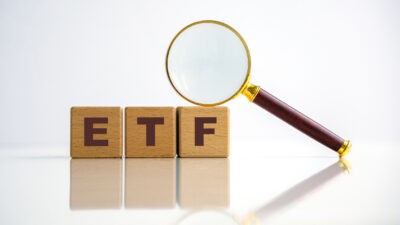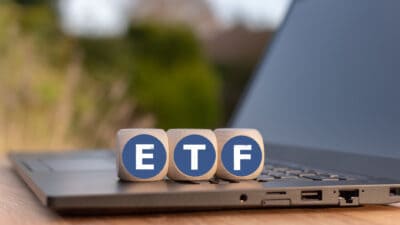It's fair to say that the S&P 500 Index (SP: .INX), and by extension, the ASX index funds like the iShares S&P 500 ETF (ASX: IVV) that track it, is currently enduring a dip.
Sure, the S&P 500 was at all-time highs only a couple of weeks ago. But since its latest high watermark, the flagship American index has dropped almost 3%. Most of that fall has come just this week. Since Tuesday's session (Wednesday our time), the S&P 500 has retreated by 22%, including a 1.86% drop on Friday morning.
We dove into why the index had such a nasty morning here. In a nutshell, investors can blame the poorly received earnings reports from the S&P 500 heavyweights Meta Platforms and Microsoft this week.
But today, we'll step back and discuss whether an ASX-listed index fund like the iShares S&P 500 ETF is a simple way to buy the dip in the US markets.
Can ASX investors buy the American dip with the IVV ETF?
Well, the answer is a resounding yes. If that is what an investor is inclined to do, of course.
If an ASX investor is looking for a simple way to invest in American stocks, the iShares S&P 500 ETF is a prime candidate. The S&P 500 Index is the most widely tracked index in the world and represents the best of American markets.
It essentially contains the 500 largest stocks listed on the US markets. Those stocks hail from the venerable New York Stock Exchange and the tech-focused NASDAQ.
IVV is the only ASX index fund that offers Australian investors pure access to this index. Of course, there are other alternatives, such as the BetaShares Nasdaq 100 ETF (ASX: NDQ).
However, this particular fund only holds stocks on the NASDAQ exchange, excluding legendary American companies like Coca-Cola Co., Walt Disney Co., and Berkshire Hathaway Inc.
In contrast, the IVV ETF allows you to indirectly own those above companies, as well as everything from Apple, Amazon, and NVIDIA to Nike, Mastercard, and Exxon Mobil. Plus, this style of index fund carries the endorsement of none other than Warren Buffett.
IVV also charges a relatively low management fee for this access to the US markets. Investors currently pay just 0.04% per annum (or $4 per year for every $10,000 invested).
So, if you're an ASX investor who has been holding back from investing in the American markets but is tempted by this latest dip, the iShares S&P 500 ETF is a simple (and relatively cheap) avenue to do so.
If you want to remove the currency factor from the equation, the iShares S&P 500 (AUD Hedged) ETF (ASX: IHVV) is also available.







